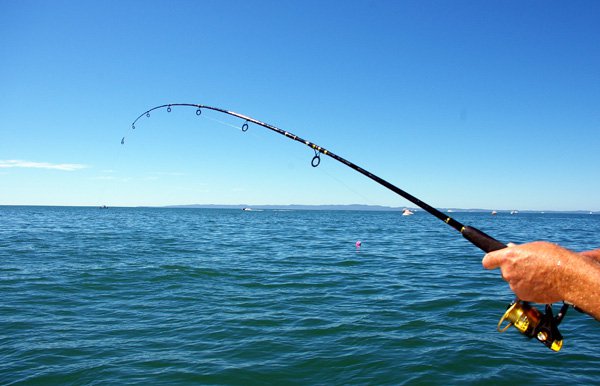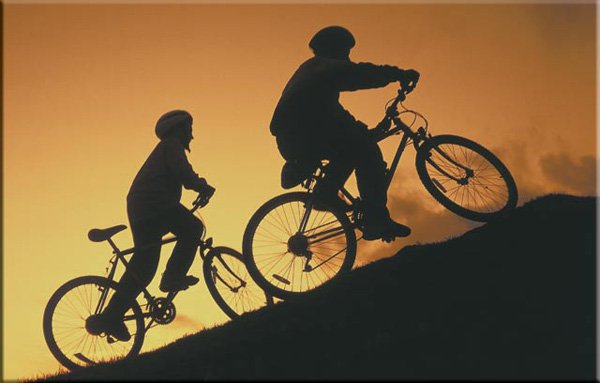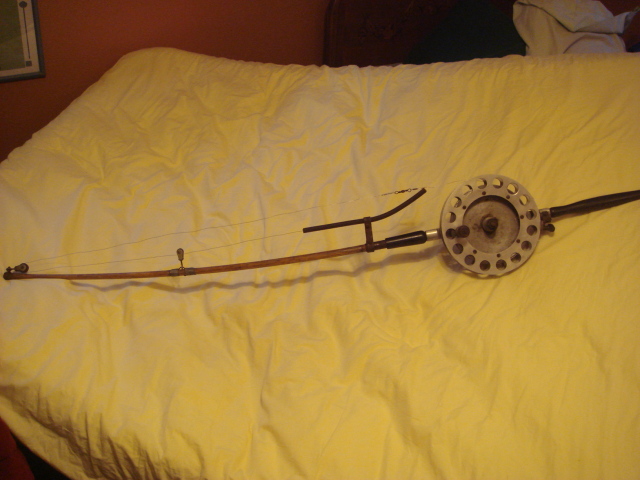Climbing kit
Question
Hi!
I've got a question about climbing kit. I climb regularly with an experienced climbing partner - in fact, he is a qualified instructor. I've been climbing for about a year now, on indoor and outdoor walls. Whilst we climb on the walls, we use "club" kit which is clearly regularly replaced.
A few times, he has taken me to climb out on the real rock, placing protection rather than bolted routes. For this, he uses his own kit. I've had a look at the kit, and I can't see anything obviously wrong with it. It just looks...for lack of a better word, retro. It's obviously been used over a number of years. I jokingly asked him about it's age, and he dismissed it. I know he maintains it because he specifically mentioned so.
Am I being over cautious? He's clearly happy using the kit. For a new(ish) climber, investing in quickdraws seems a little over zealous, but I understand that safety matters and it's worth putting the money in if I want to continue this.
Bearing in mind I need to replace my borrowed harness, an equally retro piece of kit! and also a helmet, should the quickdraws be high on my list of investment, or are his existing ones likely to do the job despite being a little seasoned?
Answer
Dear Fiona,
You are wise to be cautious about gear. I would acquire a new harness and a helmet as soon as possible. Aside from the rope, these two items are the most important in keeping you safe. I can't say for sure without inspecting the items of gear, but quickdraws that are a bit fuzzy and faded are still basically sound. Carabiners are good unless their gates are sticky or they've been dropped off a cliff and retrieved from the bottom. You'll have to depend upon your partner that he's not using any "fallen" carabiners. I would not purchase quickdraws until you start leading on your own. You might get a couple of standard length (two feet or so) sewn slings. They're cheap and you can be confident in their strength when you use them to clip to an anchor. Each time you go out, look closely at gear (nuts, stoppers, cams) placements. Placing them is a true craft and I still learn things after all these years when I climb with somebody new. You'll develop your own preferences over time. One of my partners has been climbing for almost sixty years. He's a master with any sort of nut placement. He's a Yorkshireman, too, quite thrifty. His favorite set of nuts is at least thirty years old. They're still sound.
Yours,
Robert Walton
Gibraltar Climb 1927 winner medal
camalot protection


